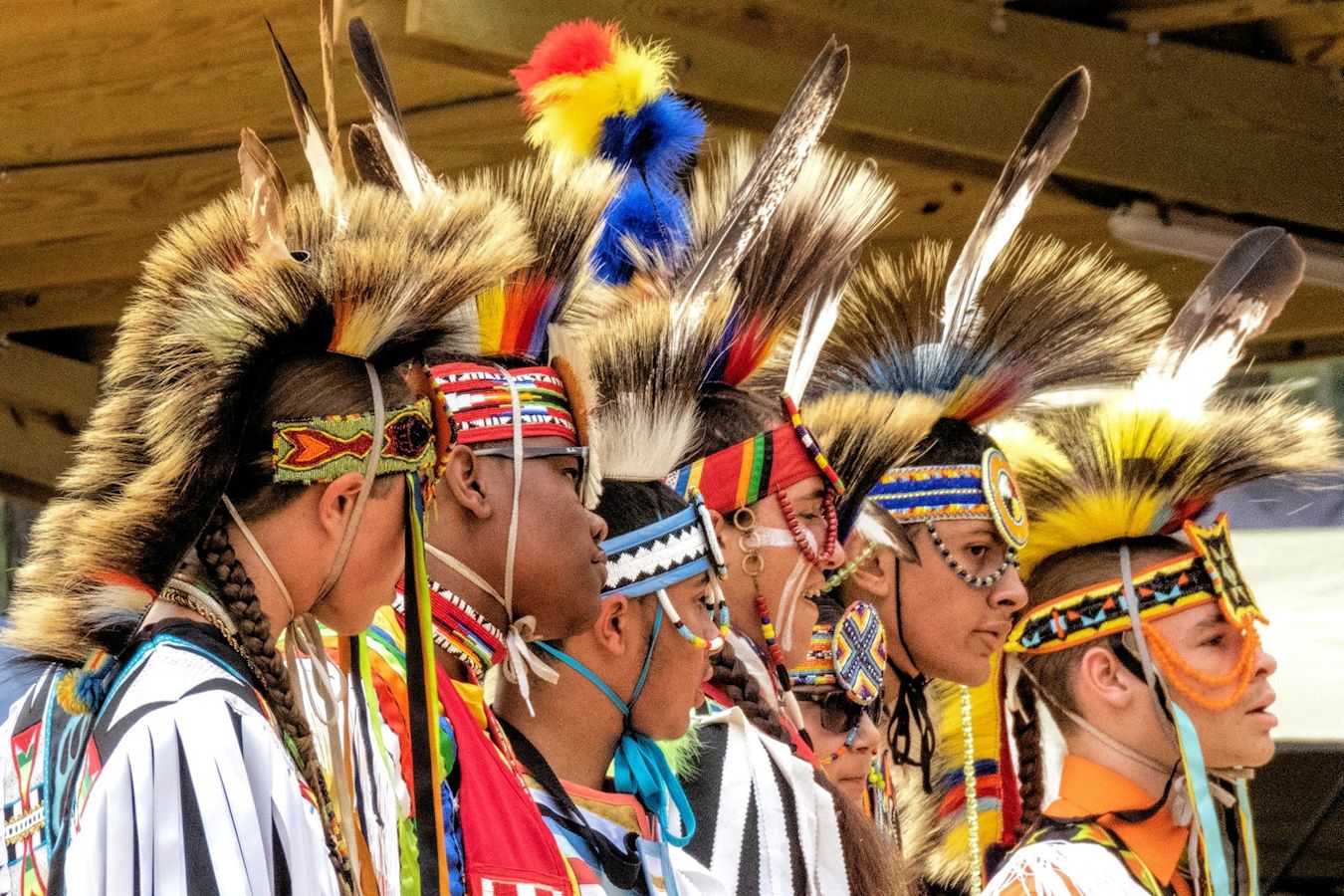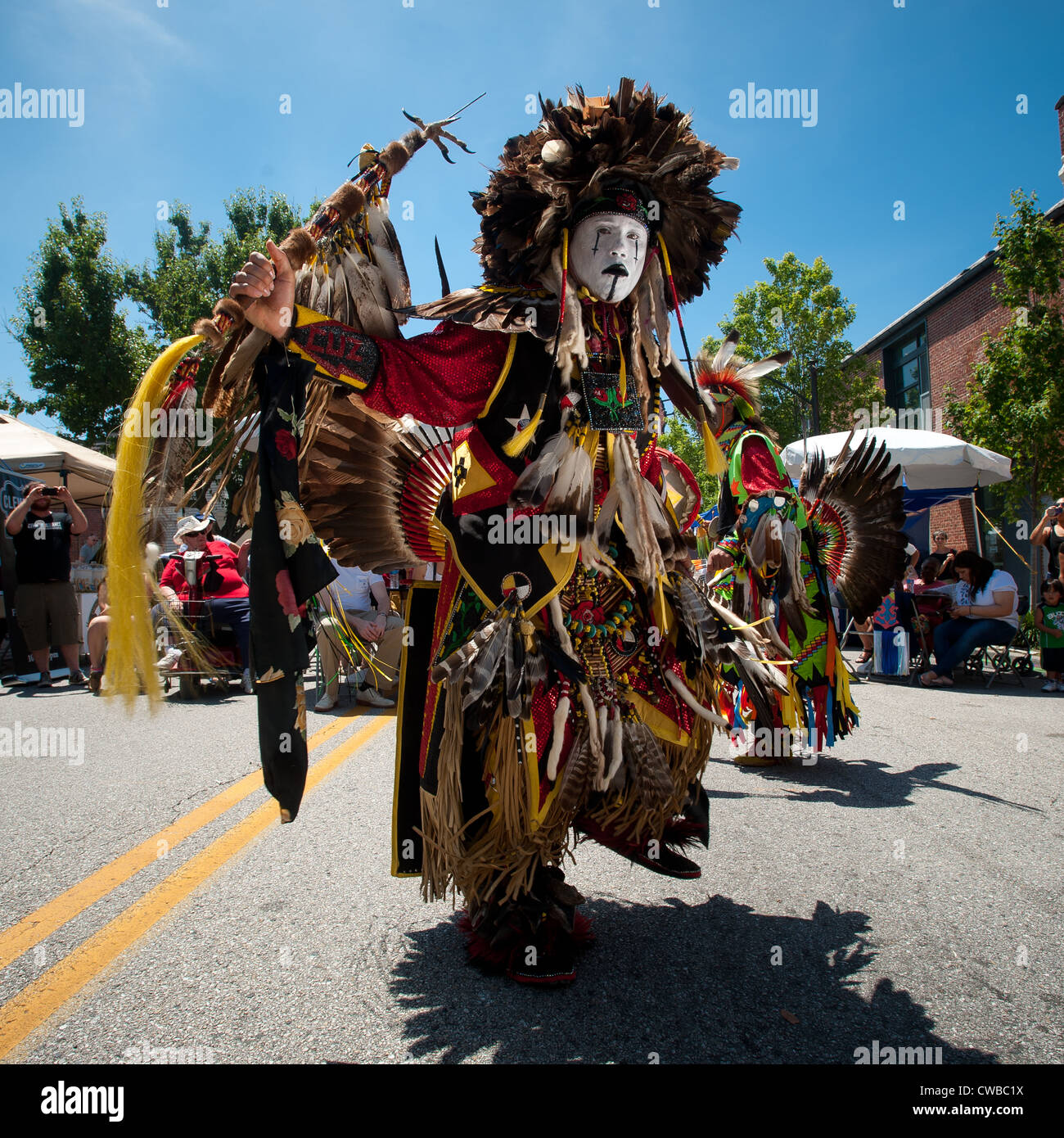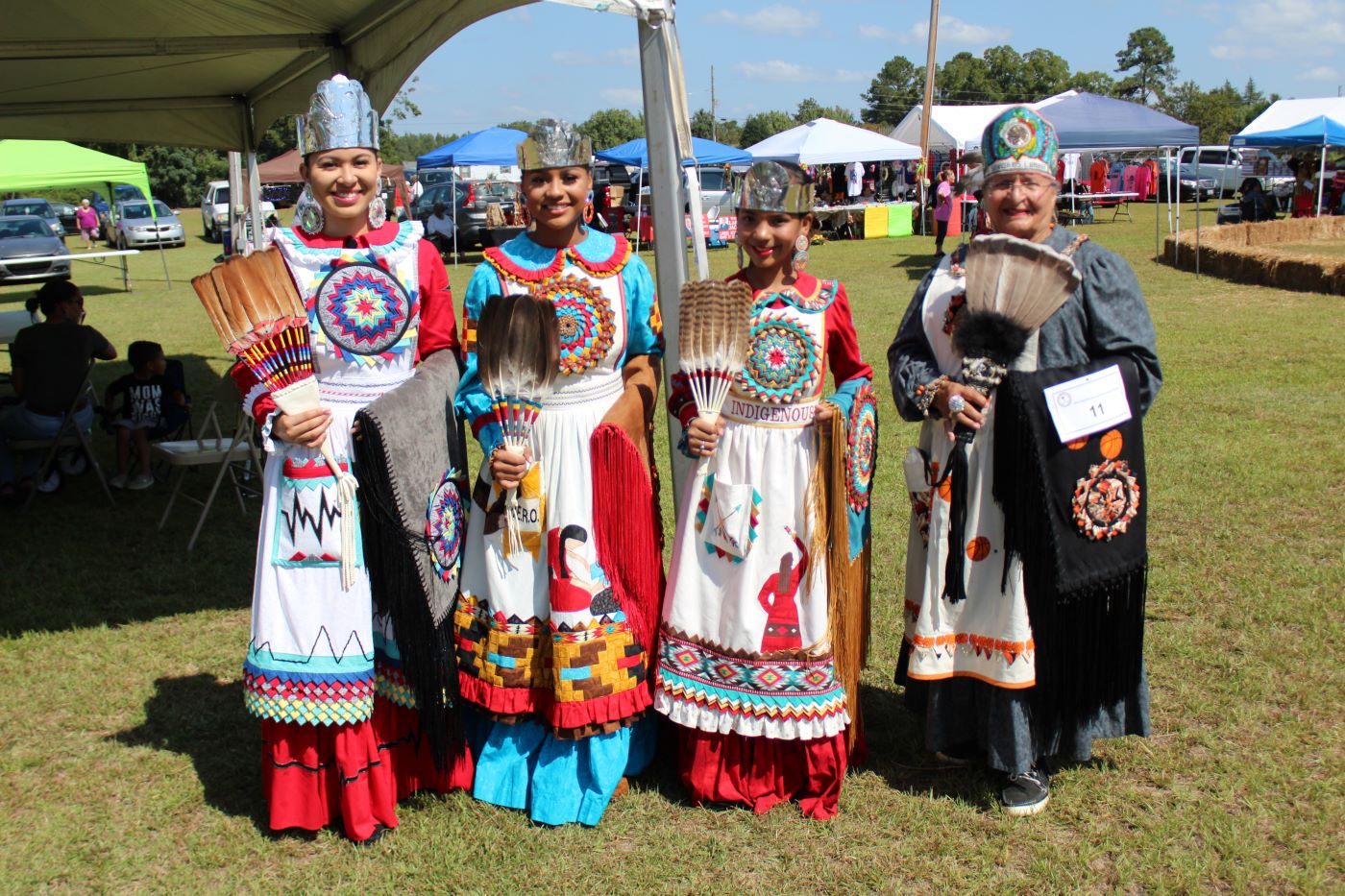
Okay, here is a 1200-word journalistic article in English about the Lumbee Tribe of North Carolina’s quest for full federal recognition.
The Unfinished Fight: The Lumbee Tribe’s Decades-Long Quest for Full Federal Recognition
PEMBROKE, NORTH CAROLINA – Along the winding Lumbee River, nestled in the heart of Robeson County, lies the ancestral home of North Carolina’s largest American Indian tribe. For generations, the Lumbee people have cultivated a vibrant, distinct culture, their community ties forged through shared history, resilience, and an unwavering sense of identity. Yet, despite being recognized by the state of North Carolina for over a century, and by the federal government in a peculiar, incomplete manner since 1956, the Lumbee Tribe remains locked in an agonizing, decades-long battle for full federal recognition – a status that would grant them the same rights, benefits, and sovereignty enjoyed by hundreds of other tribes across the United States.
The Lumbee’s journey is a unique and often misunderstood chapter in American Indian history. Numbering over 55,000 members, they represent one of the largest Indigenous communities east of the Mississippi River without full federal acknowledgment. Their struggle is not merely about a name or a label; it is about justice, self-determination, and the right to access essential services that have long been denied.
A History of Identity and Resilience

The Lumbee’s roots stretch back to the pre-colonial era, encompassing descendants of various Siouan, Iroquoian, and Algonquian-speaking peoples who inhabited the Southeastern Woodland region. As European settlement expanded, these diverse groups coalesced in and around Robeson County, forming a distinct, cohesive community that maintained its cultural identity despite immense pressures.
Early historical records frequently referred to them as "Croatan Indians," a term that gained prominence after the mysterious disappearance of the Roanoke Colony, whose only clue was the word "Croatoan" carved into a tree. While the precise link remains a subject of debate, it highlights the early and persistent presence of an Indigenous population in the region.
By the late 19th century, the Lumbee community had established its own schools and churches, asserting their identity in a society that often sought to marginalize them. North Carolina officially recognized them as Indians in 1885, establishing a separate school system for them. Two years later, the state legislature formally designated them as "Croatan Indians," a name they would later successfully petition to change to "Cherokee Indians of Robeson County" in 1911, and finally to "Lumbee Indians of North Carolina" in 1953, a name that reflects their deep connection to the river that flows through their heartland.
The 1956 Lumbee Act: A "Poison Pill" of Partial Recognition
The mid-20th century brought a glimmer of hope for federal recognition. After years of advocacy, the U.S. Congress passed the Lumbee Act in 1956. However, what appeared to be a victory turned out to be a legislative paradox, a recognition laced with a "poison pill."
The Act stated that while the Lumbee were indeed recognized as Indians, they were explicitly denied "the benefits, services, and immunities" provided to other federally recognized tribes. Furthermore, it prohibited them from being "designated an Indian tribe within the meaning of any Federal law."
This clause effectively created a second-class status, acknowledging their Indigeneity while simultaneously stripping away the tangible benefits and sovereign rights that define full federal recognition. As former Lumbee Tribal Chairman Harvey Godwin Jr. once articulated, "It was a recognition that wasn’t a recognition. It was a slap in the face. It said, ‘Yes, you’re Indian, but you can’t get any help from the federal government.’"
This peculiar status has haunted the Lumbee for nearly seven decades, leaving them in a bureaucratic limbo that has profoundly impacted their community.
The Stakes of Full Recognition: More Than Just a Name

For the Lumbee, full federal recognition is not merely a symbolic gesture; it is the gateway to self-determination and vital resources. Its absence carries tangible, often dire, consequences for the tribe’s health, education, economic development, and cultural preservation.
- Healthcare: Without full recognition, the Lumbee do not have direct access to the Indian Health Service (IHS), a critical federal agency responsible for providing healthcare to American Indians and Alaska Natives. While the tribe has established its own health clinics, they operate with limited federal funding, forcing members to rely on state and local services that are often underfunded and ill-equipped to address the specific needs of an Indigenous population. Health disparities, including higher rates of diabetes, heart disease, and certain cancers, persist within the community.
- Education: Similarly, the Bureau of Indian Education (BIE) provides funding and support for schools serving federally recognized tribes. Lumbee students, despite their tribal identity, are largely excluded from these programs, impacting access to culturally relevant curricula, scholarships, and resources that could enhance educational outcomes.
- Economic Development: Full recognition allows tribes to establish sovereign governments, engage in economic development initiatives, and put land into federal trust. This opens doors to federal grants, loans, and business opportunities that can lift communities out of poverty and create sustainable futures. For the Lumbee, the lack of this status means missing out on crucial investments that could stimulate growth in Robeson County, one of North Carolina’s poorest regions.
- Cultural Preservation: Federal recognition often comes with resources for language revitalization programs, cultural heritage sites, and museums. While the Lumbee have tirelessly worked to preserve their traditions through their own efforts, including the annual Lumbee Homecoming celebration, federal support would significantly bolster these endeavors, ensuring the transmission of culture to future generations.
- Sovereignty: At its core, recognition affirms a tribe’s inherent sovereignty – its right to self-govern, manage its lands, and determine its own future. The 1956 Act’s denial of this right is a profound injustice, undermining the Lumbee’s ability to fully exercise their inherent governmental authority.
The Persistent Legislative Battle
The fight for full recognition has been a marathon, not a sprint, marked by relentless advocacy and repeated legislative efforts. The "Lumbee Recognition Act" has been introduced in nearly every session of Congress for decades, finding champions among North Carolina’s congressional delegation from both sides of the aisle.
Former U.S. Senator Richard Burr (R-NC), a consistent supporter, once stated, "The Lumbee Tribe has waited long enough. It’s time for Congress to right this historical wrong." Similar sentiments have been echoed by current Senator Thom Tillis (R-NC) and former Representative G.K. Butterfield (D-NC), who have tirelessly pushed for the bill’s passage.
The Lumbee’s unique history makes the standard administrative process for federal recognition through the Bureau of Indian Affairs (BIA) exceptionally challenging. The BIA’s criteria often favor tribes with unbroken reservation land bases and continuous governmental structures, which, while applicable to many, doesn’t always account for the unique historical trajectory of tribes like the Lumbee, who maintained community cohesion without formal land bases in the same way due to historical circumstances and state-level recognition. This makes a congressional act the most viable, and arguably the only, path to full recognition for the Lumbee.
Despite bipartisan support in various Congresses, the bill has repeatedly stalled, often falling victim to broader legislative gridlock, concerns about potential costs (which advocates argue are often exaggerated compared to the overall federal budget), or a general lack of understanding about the Lumbee’s plight. Some opponents also voice unfounded fears about "opening the floodgates" to other tribes seeking recognition, a concern that ignores the fact that each tribe’s case is unique and deserving of individual consideration.
A Community’s Enduring Spirit
Amidst the political machinations and bureaucratic hurdles, the Lumbee people continue to thrive. Their cultural events, like the annual Lumbee Homecoming, draw thousands of tribal members and visitors, showcasing their dances, crafts, music, and cuisine. It’s a powerful testament to a community that knows who it is, regardless of federal affirmation.
"We know who we are; we’ve always known who we are," says a Lumbee elder, a sentiment echoed across generations. "This fight is for our children and our grandchildren, so they don’t have to fight it again. It’s about being seen and treated fairly by our own government."
The Lumbee Tribal Council, led by Chairman John L. Lowery, remains steadfast in its pursuit, engaging with lawmakers, educating the public, and mobilizing its community. The sheer persistence of the Lumbee, their refusal to give up, speaks volumes about the deep-seated injustice they feel and their profound commitment to their heritage.
The Lumbee’s journey is a microcosm of the broader struggle for justice and equity faced by many Indigenous communities in the United States. Their fight is a reminder that recognition is not a gift to be bestowed, but a right to be affirmed – a right rooted in history, identity, and the inherent sovereignty of a people who have endured and flourished against immense odds.
As the Lumbee River continues to flow, so too does the determination of its people. Their hope is that soon, the U.S. Congress will finally rectify a historical oversight, allowing the Lumbee Tribe to take its rightful place as a fully recognized, sovereign nation within the fabric of the United States, bringing an end to the unfinished fight.

